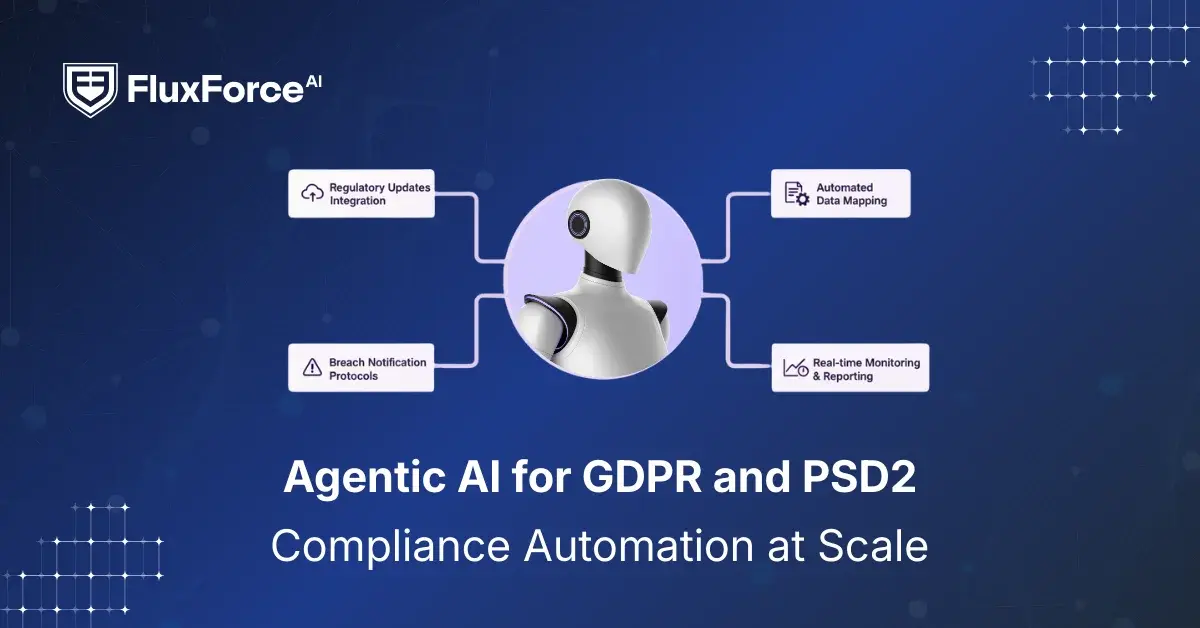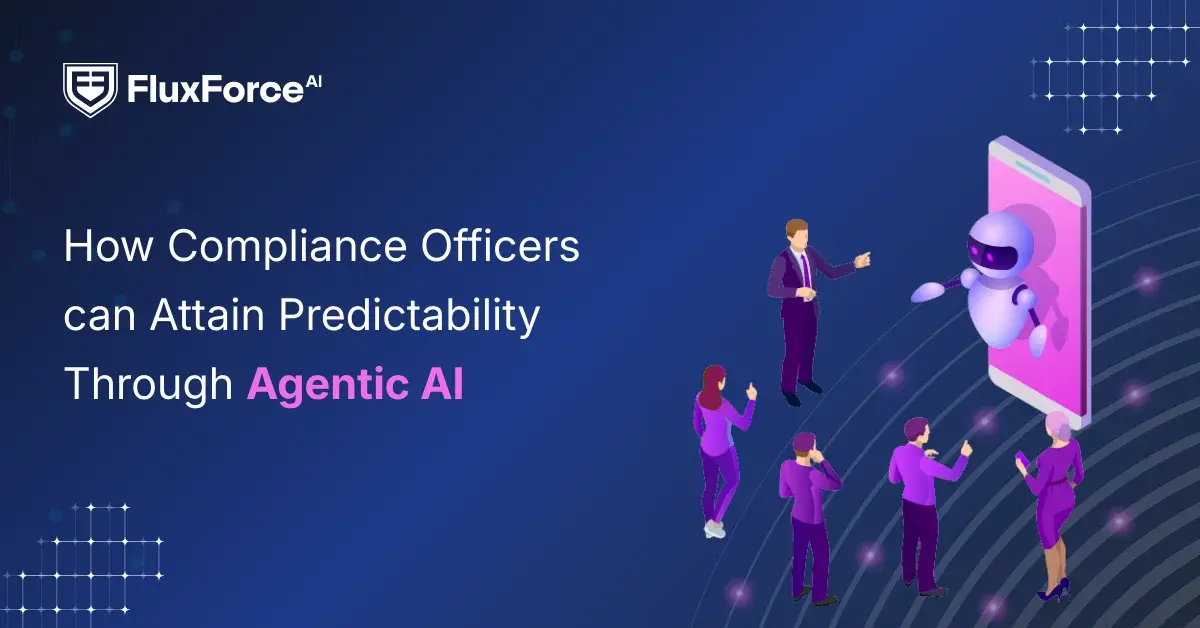Listen to our podcast 🎧

Introduction
Suppose you park your car for a short hike. You come back, and a delivery truck has hit it. Normally, filing a claim would mean paperwork, long calls, and waiting days for updates. But now with AI claim solutions it can be handled automatically. Your application checks the damage, confirms your coverage, and even starts the payout process. Minutes later, it’s all done.
For claims directors, this is a game-changer. Claims need to be accurate, fast, and follow the rules. Traditional processes are slow, human errors happen, and fraud can slip through. AI helps with all of that.
Numbers That Matter:
- Claims processed 80% faster with AI
- Underwriting costs cut by 50%
- AI insurance market: $8.13B → $33.91B in 5 years
Where AI Helps Most:
AI can read forms, check coverage, and suggest payments automatically.
- AI spots unusual claims quickly and reduces losses.
- AI ensures rules are followed, and reports are ready for auditors.
- AI gives insights to help claims directors make the right calls fast.
In the next section, we’ll explore how AI specifically automates the insurance claims process, from First Notice of Loss (FNOL) to settlement, and how Agentic AI is redefining the role of practice teams in insurance.
How AI Handles Auditing, Compliance, and Fraud

Simplifying the First Notice of Loss (FNOL)
Handling insurance claims has always been a tough job. Traditional methods rely on filling forms, paper documents, and multiple approvals. For claims directors and underwriters, this often means delays, higher costs, and mistakes. Today, AI for claims auditing and regulatory compliance in insurance is changing the game. These solutions bring speed, accuracy, and compliance in one easy-to-use system.
The First Notice of Loss (FNOL) is where every claim begins. Before, policyholders filled out forms and waited for adjusters to review them. Now, AI claims portal systems automatically capture data from mobile apps, emails, or even voice submissions. Using natural language processing (NLP), the AI sorts claims—auto, property, or medical claims auditing software and decides how complex they are. Simple claims go through a straight-through AI claims processing path, while tricky cases are sent to specialized adjusters. This speeds up resolution and reduces human errors. With AI claims solutions, claims directors can improve cycle times, lower losses, and maintain a full audit trail.
Smarter Claim Assignment
Assigning claims to the right adjuster used to be a headache. AI in insurance claims processing now checks adjusters’ skills, workload, and location to assign claims smartly. If a claim becomes more complicated, the AI moves it to the right person automatically. This cuts delays and lets humans focus on decisions that need judgment instead of routine work.
Modern intelligent claims management systems also show real-time dashboards so claims directors can track assignments and manage teams better. By using AI-powered decisioning, practice teams can handle more claims faster, reduce mistakes, and make operations smoother.
Detecting Fraud Early
Fraud costs insurers billions each year. AI insurance claims auditing and fraud detection tools spot suspicious claims quickly. They look at past claims, customer behavior, and other details to find unusual patterns. Unlike old rule-based systems, AI keeps learning from new data, improving detection while avoiding false alarms.
AI insurance claims solutions help claims directors and underwriters catch fraud early, protect revenue, and keep customers’ trust. Real-time alerts and monitoring make sure both simple and complex claims are handled correctly.
Automating Compliance and Audits
Following regulations is critical, but manual audits take time and can miss mistakes. AI for claims auditing and regulatory compliance automation now checks every claim automatically. The system compares claims with regulatory rules and creates detailed, secure audit records for regulators and stakeholders.
Predictive AI can even warn about possible compliance issues before they become problems. By using AI-powered compliance solutions for insurance auditing, practice teams reduce risk while keeping everything transparent and auditable. This helps meet KPIs and regulatory standards without slowing down work.
Faster Financial Settlements
AI also helps with financial settlements. It calculates payments based on policy terms, deductibles, depreciation, and repair costs. Easy claims can be paid automatically, while adjusters focus on complicated or high-value cases. This leads to faster, more accurate payments, better use of resources, and happier customers.
AI dashboards give claims directors real-time insight into claim numbers, cycle times, fraud alerts, and compliance. These insights help teams improve workflows, balance efficiency, and reduce risks.
Changing How Teams Work
AI changes how teams work. From FNOL to investigation, payment, and audits, AI handles repetitive tasks, letting staff focus on decisions that need human judgment. For claims directors, using intelligent claims management, AI claims portal solutions, and AI-powered claims auditing software reduces errors, speeds up claims, improves compliance, and makes teams more effective.
By adding AI into daily workflows, insurers can process claims faster, cut losses, and let teams focus on high-value work. AI helps practice teams become more strategic, keeps operations efficient, and prepares the organization for the future.
-1.png?width=1200&height=628&name=hubspot%20blog%20(6)-1.png)
Shaping the Future of AI in Finance
Fluxforce research uncovers how banks and enterprises are adapting to fraud, compliance, and data challenges in 2025.
Building an Effective AI Strategy for Claims Auditing and Compliance
 To make the most of AI for claims auditing, regulatory compliance automation, and fraud detection, claims directors need a clear and practical strategy.
To make the most of AI for claims auditing, regulatory compliance automation, and fraud detection, claims directors need a clear and practical strategy.
Step 1: Review Your Current Process
The first step is to review your current process. Look at each stage, including intake, investigation, settlement, and audit. Identify tasks that are repetitive, slow, or prone to mistakes. These are the areas where AI claims portal systems and automated insurance claims processing can bring the most value. Whether it is AI claims auditing software checking documents or predictive analytics spotting suspicious patterns, AI helps save time, reduce errors, and keep compliance strong.
Step 2: Choose the right AI Tools
Next, choose the best AI tools for insurance claims auditing and fraud detection. As not all solutions are suitable for every team. Use modules that can mitigate fraud, handle financial automation, and enforce compliance without slowing down work. Natural language processing (NLP) can read emails, forms, or even voice messages, classify claims—whether auto, property, or medical—and route them to the right adjuster automatically. With secure, prebuilt AI modules for compliance and fraud prevention, insurers can implement AI quickly and safely.
Step 3: Train Your People
People still play a key role. Staff need guidance to work effectively with AI. Training teams to understand AI results, monitor automated decisions, and step in when needed ensures that AI improves human judgment instead of replacing it. Real-time AI dashboards give claims directors clear insight into claim numbers, cycle times, fraud alerts, and compliance. This helps teams act quickly and make better decisions.
Step 4: Ensure Security and transparency
Security and transparency are important for AI success. Every claim processed by AI leaves a secure audit trail, keeping regulators satisfied and protecting sensitive information. By setting clear rules, checking AI results, and reviewing performance regularly, claims directors can make sure automation builds trust and follows regulatory standards.
Step 5: Monitor Performance Metrics
Finally,track claims processing speed, payment accuracy, fraud detection, and audit compliance. These metrics show the value of AI, highlight areas that need improvement, and make sure the AI strategy is helping the team work smarter. A well-planned AI approach turns scattered automation into a fully connected claims system, allowing faster, smarter, and more secure decisions. With the right plan, AI does not just automate tasks. It improves the whole claims process, helping claims directors lead teams that are efficient, compliant, and ready for the future of insurance.
Conclusion
AI is changing the way insurance claims are handled. What used to take days of paperwork, phone calls, and manual checks can now happen in minutes, with accuracy and rules built in. For claims directors, this means fewer mistakes, faster payments, and better fraud detection.
By using AI for claims auditing, regulatory compliance automation, and secure prebuilt AI modules along with skilled staff, insurers can simplify workflows, reduce risks, and let teams focus on important decisions. Real-time dashboards and insights help claims directors act quickly and confidently.
In the end, AI does more than just handle tasks. It makes the whole claims process faster, safer, and easier. With the right plan, AI helps teams work smarter, make better decisions, and stay ahead in the insurance world.






Share this article